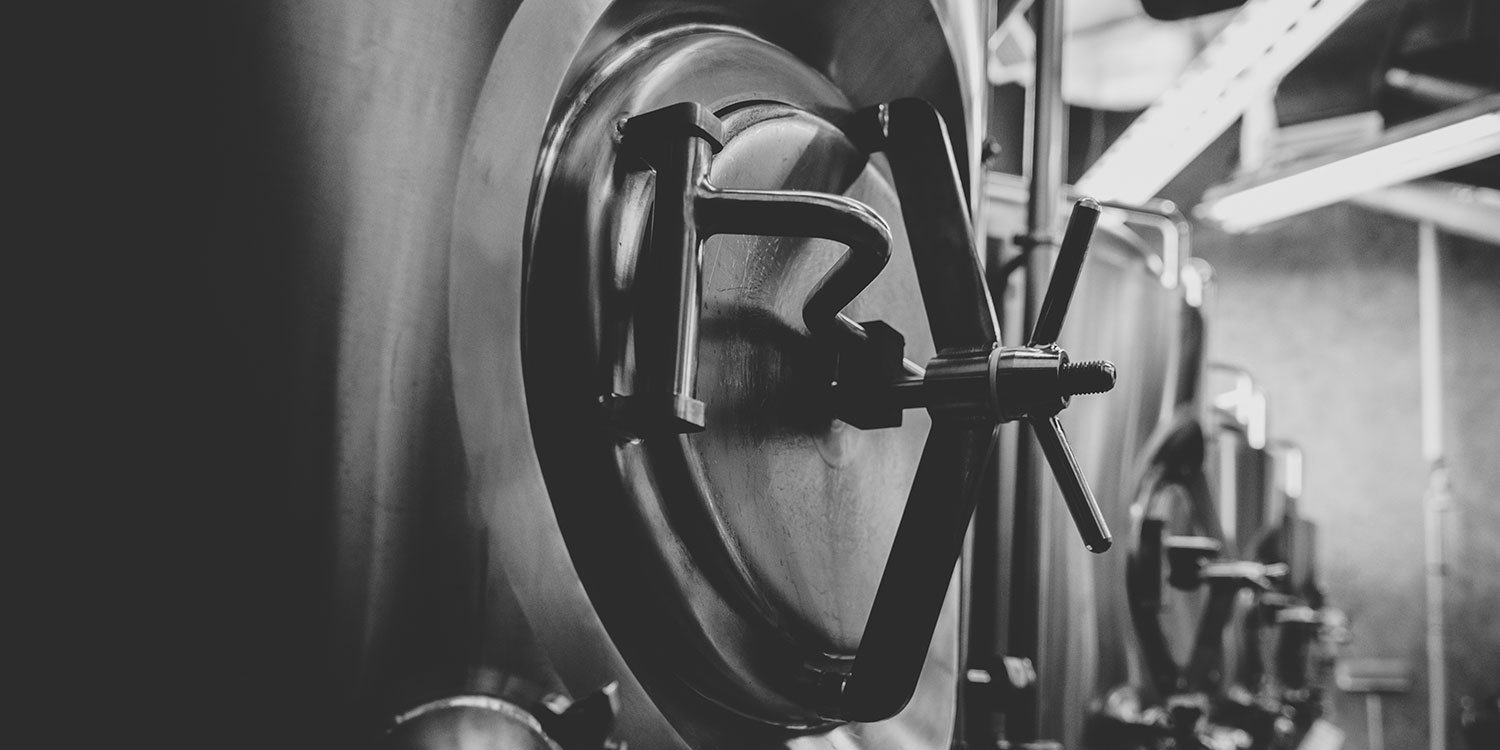Our Beer
We started this Co-op with the idea of better serving the community. From tasting panels, beer design forums and beer education events we want to engage as much as possible with our Member-Owners and patrons. With a constantly rotating beer selection we have developed over 55 unique recipes over the years that are brewed seasonally. Due to the consistently hot climate found in The Lone Star State, most of these recipes were designed to be flavorful, yet refreshing.
House Beers
Here at Black Star, we like to brew interesting, creative and flavorful beers that are still clean and drinkable for the Texas heat. Outside of the traditional 4 main ingredients in beer (malt, water, yeast and hops) we love to experiment with new and interesting ingredients and processes. Seasonality is the name of the game, and with our portfolio of over 55 recipes we are constantly brewing something new.
Brewmasters
For great beer, you need great passion, and our beer team is full of it. Each of our highly-skilled brewmasters are passionate about what they do and always place quality at the forefront. From the chemistry and beer science to the microbiology and engineering, our brewers pride themselves on handling each part brewing process with the patience, care, and expertise needed for the best beer imaginable.
Together, our brewers have helped Black Star gain recognition and accolades from around the country, including the Bronze medal for Herb and Spice category in 2013, a Gold medal for the Robust Porter category in 2015 at the Great American Beer Festival, and Brewery of the Year in 2022 at the Texas Craft Brewers Festival

Brewing process
Before jumping into the brewing process, we make it our goal to source as much fresh, local ingredients as possible. For example, we often use locally grown and malted barley from Blacklands Malt in Leander, Texas. Once we have the freshest ingredients possible, it’s time to go to work.
The brewing process begins with milling malt. Once milled, the grain is mixed with hot water to create the “mash,” where starches in the grain are converted into smaller sugars which are fermentable by yeast. This sugar and water mixture, known as “wort,” is then moved to our brew kettle and boiled for an hour. To maximize flavor, we add hops in the beginning of the boil for bitterness, then later in the boil for aroma. From there, the boiled wort is rapidly cooled down and transferred to a sanitized fermentation vessel where we add yeast and let the fermentation begin. Fermentation is the process where yeast consumes sugar and produces alcohol and CO2 as its two main byproducts. Once the fermentation is over, we cold-crash the beer to allow all of the yeast and other particulate to fall out, for a clearer beer. The beer is then transferred to another sanitized tank where we carbonate it, and finally serve directly out of it.

